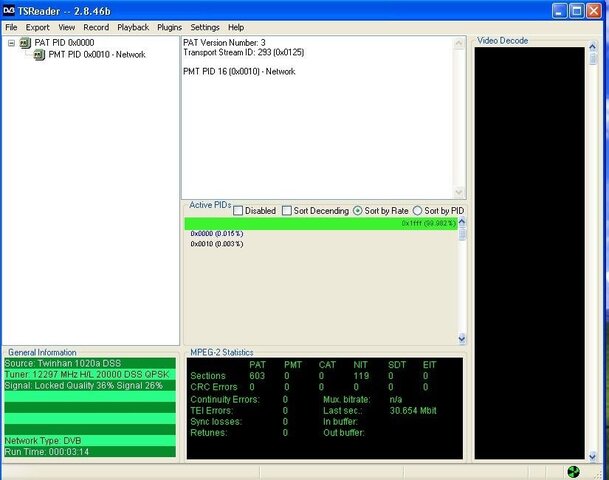How much capacity gain would result in the switch to 8PSK assuming Dish only has use of 16 TPs initially? It is recognized that MPEG-4 will be used now with QPSK and will be used with 8PSK.
Switching from QPSK 5/6 to 8PSK 2/3 on a transponder gives you about 10 megabits of more throughput. So with just the 16... that's 160 megabits.
16 TPs QPSK 5/6 = 480 megabits
16 TPs 8PSK 2/3 = 640 megabits
32 TPs 8PSK 2/3 = 1280 megabits


